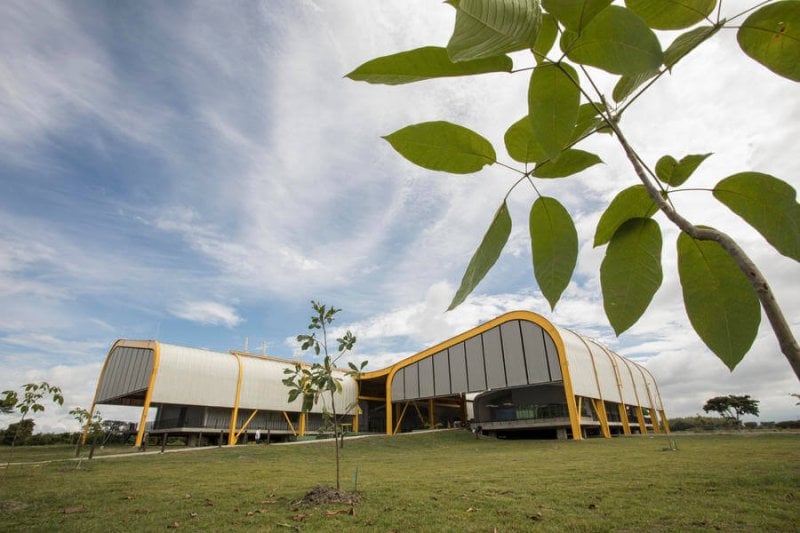“It’s a tool against extinction — not just biological extinction but, also, the extinction of knowledge.”
The facility at Palmira is one of 11 gene banks around the world overseen by CGIAR, a global research partnership that promotes food security.
Each site specialises in particular crops. The bank in Peru, for example, stores potatoes. In the Philippines, it is rice. The “mother ship” — which, though not run by CGIAR, contains duplicates of all its seeds — is a gene bank built below the frozen mountains of the Svalbard archipelago in Norway, close to the Arctic Circle. There, more than 1mn samples are stored indefinitely, to safeguard the agricultural diversity of the planet.
And they are tackling the challenge of climate change. Whereas in the past, their focus was on producing high-yield or pest-resistant crops, these days they are striving to develop varieties that can tolerate heat, drought and flooding.
Despite their successes, gene bankers acknowledge that they are in a race against time to preserve as many varieties of crops as they can. The UN Food and Agriculture Organization estimates that, over the past century, 75 per cent of global crop diversity has been lost as farmers switch to genetically uniform high-yielding varieties.































